Our Stories
Recent Articles
History & Discoveries
The Original Olmsted Trees
Celebrating the history of tree planting and tree preservation at the U.S. Capitol Grounds by highlighting some of the oldest trees on the grounds.
History & Discoveries
Jefferson Finds Capitol Inspiration in City of Light
Thomas Jefferson, inspired by skylights he saw in Paris, prevailed upon the Architect of the Capitol to include something similar in the U.S. Capitol's new chamber for the House of Representatives. However, all the skylights came to an untimely end.
History & Discoveries
Evolution of Women in Art at the U.S. Capitol
An in-depth look at the evolution of women in art at the U.S. Capitol.
History & Discoveries
Capitol Illumination
Learn more about the history of lighting this iconic building including the part of the Dome called the "tholos."



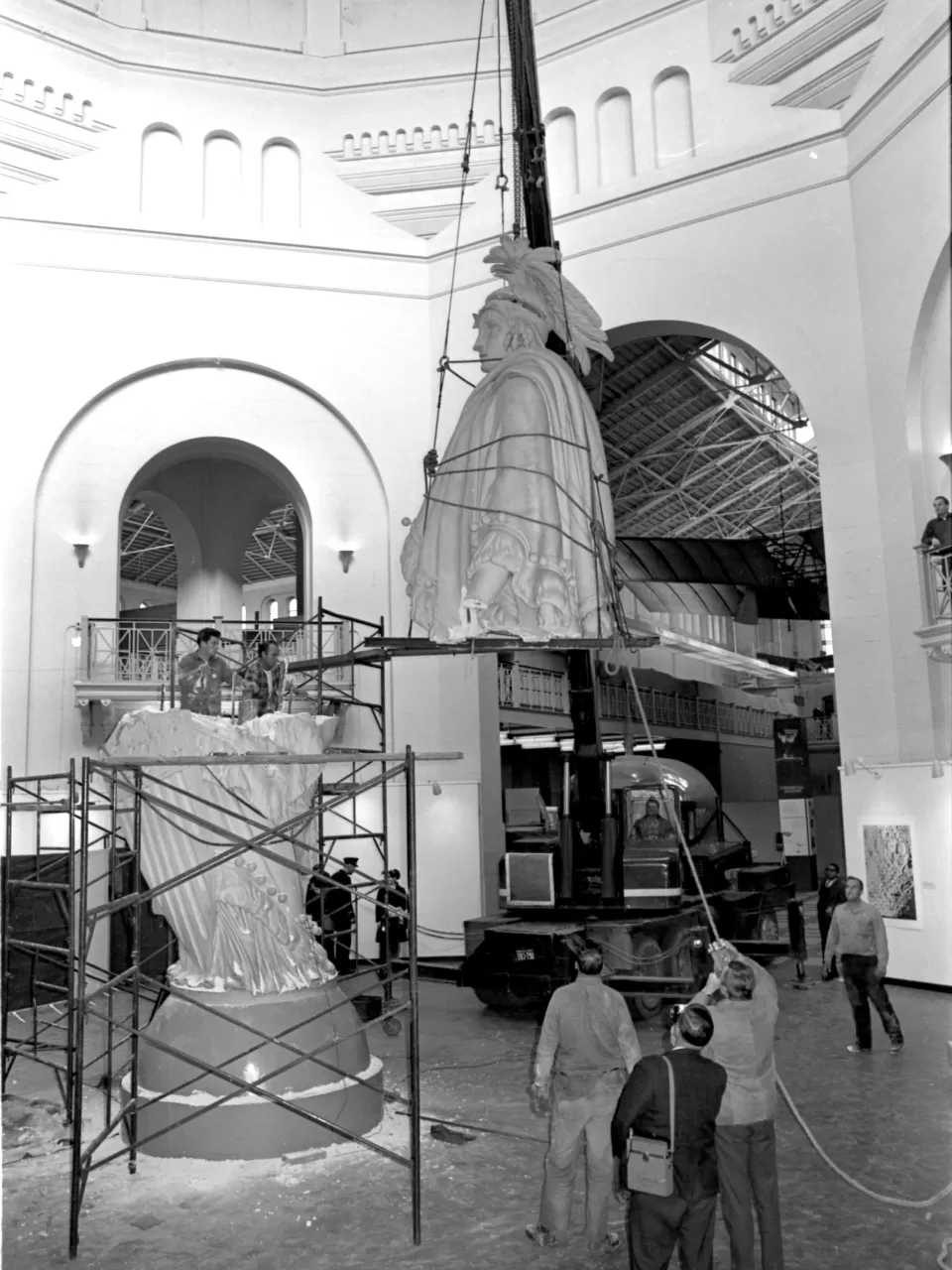

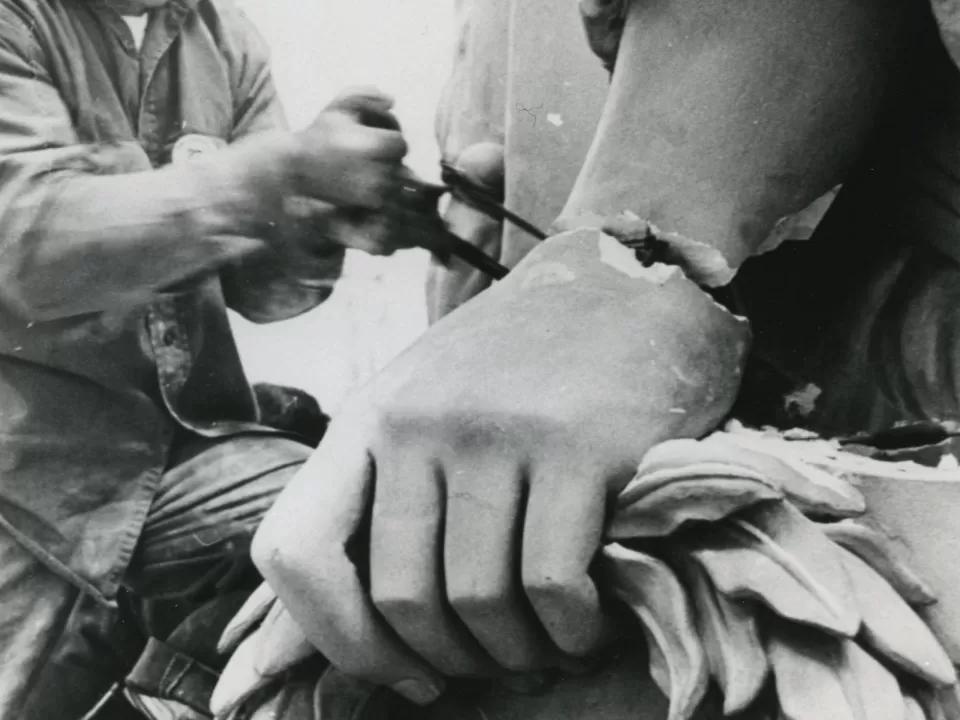
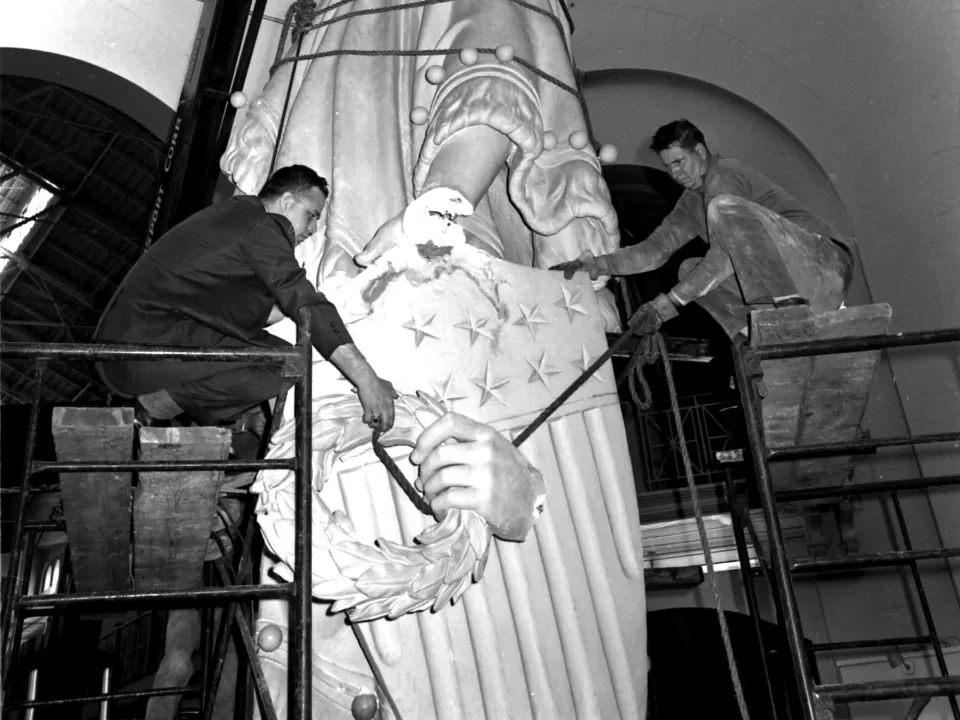
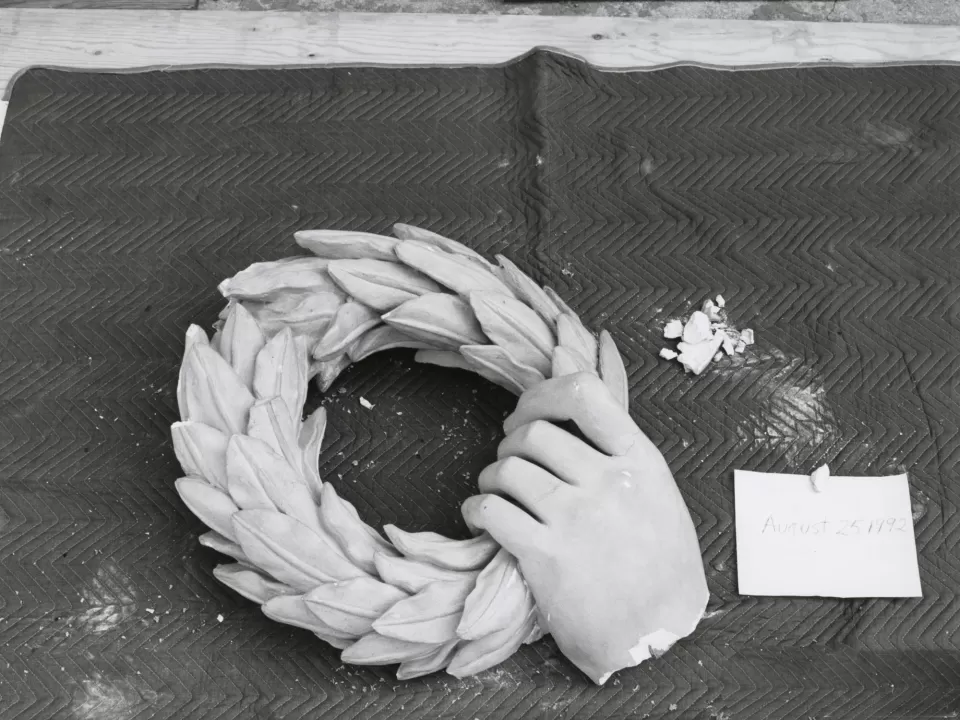

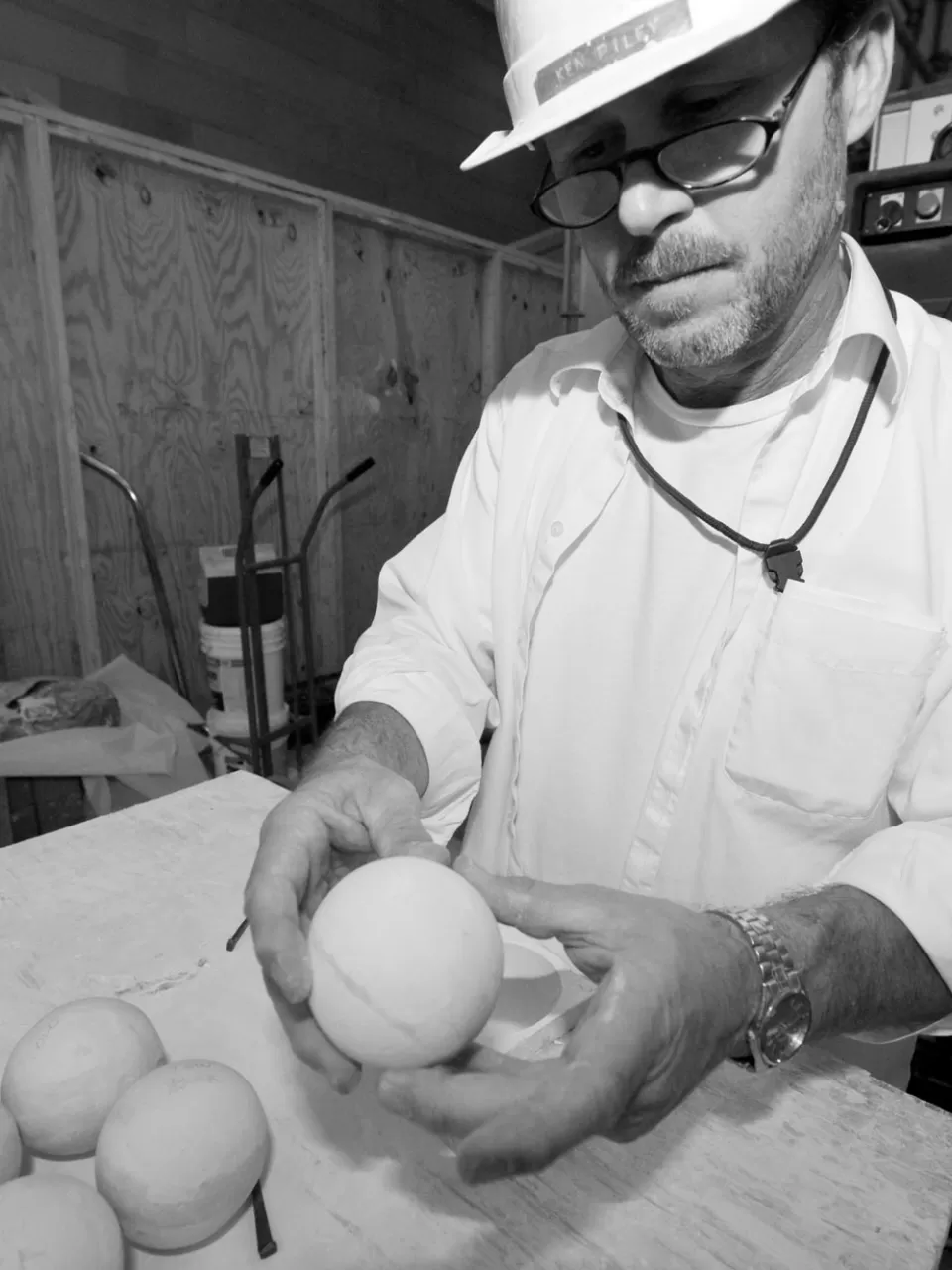
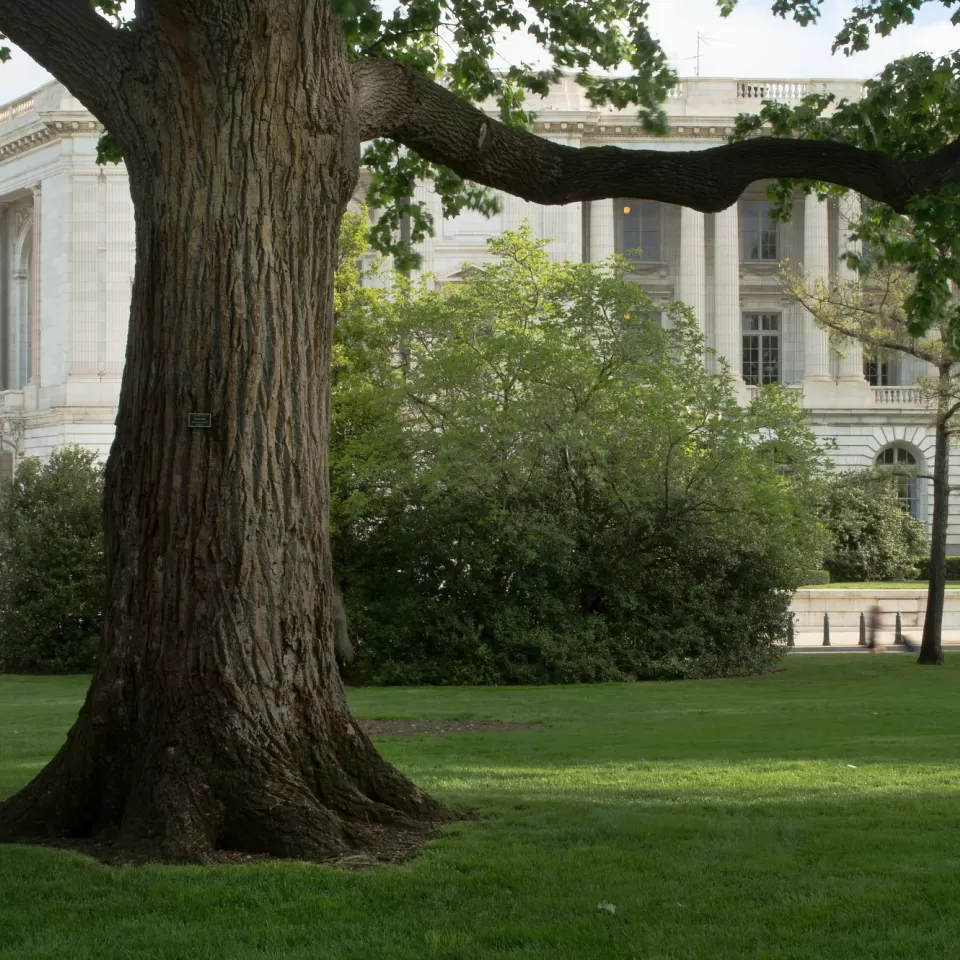
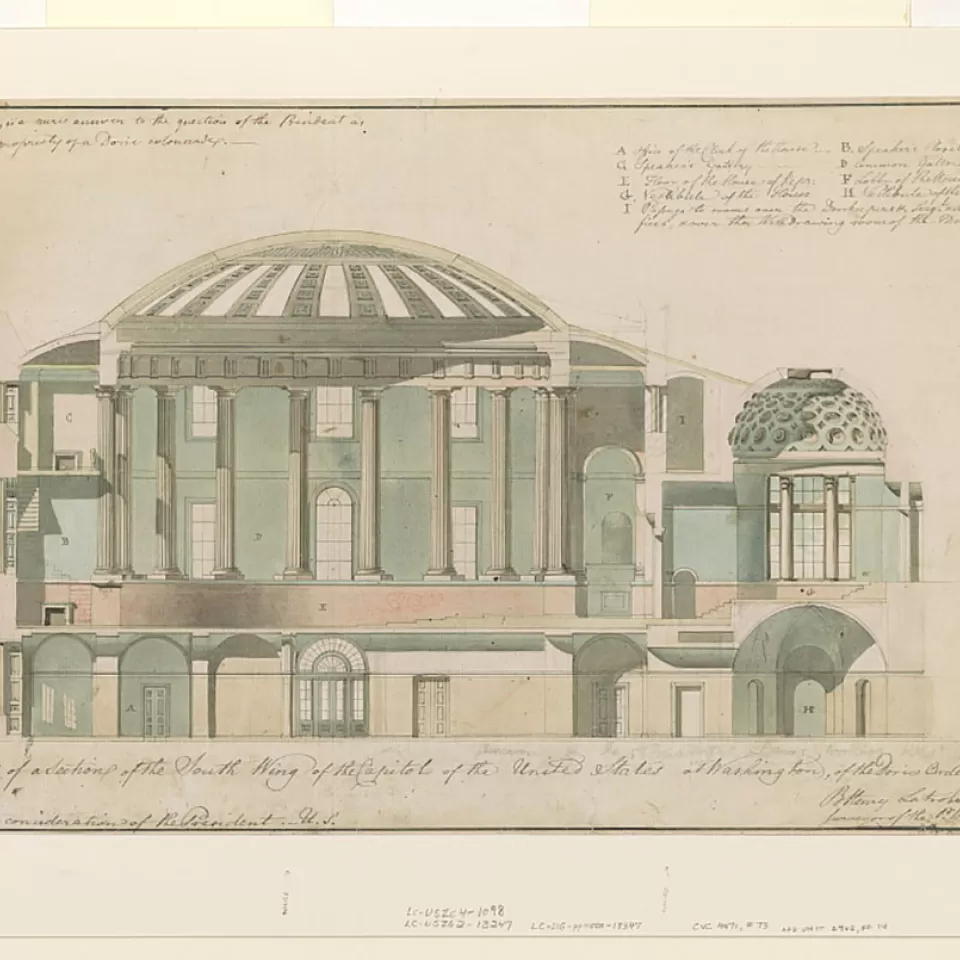
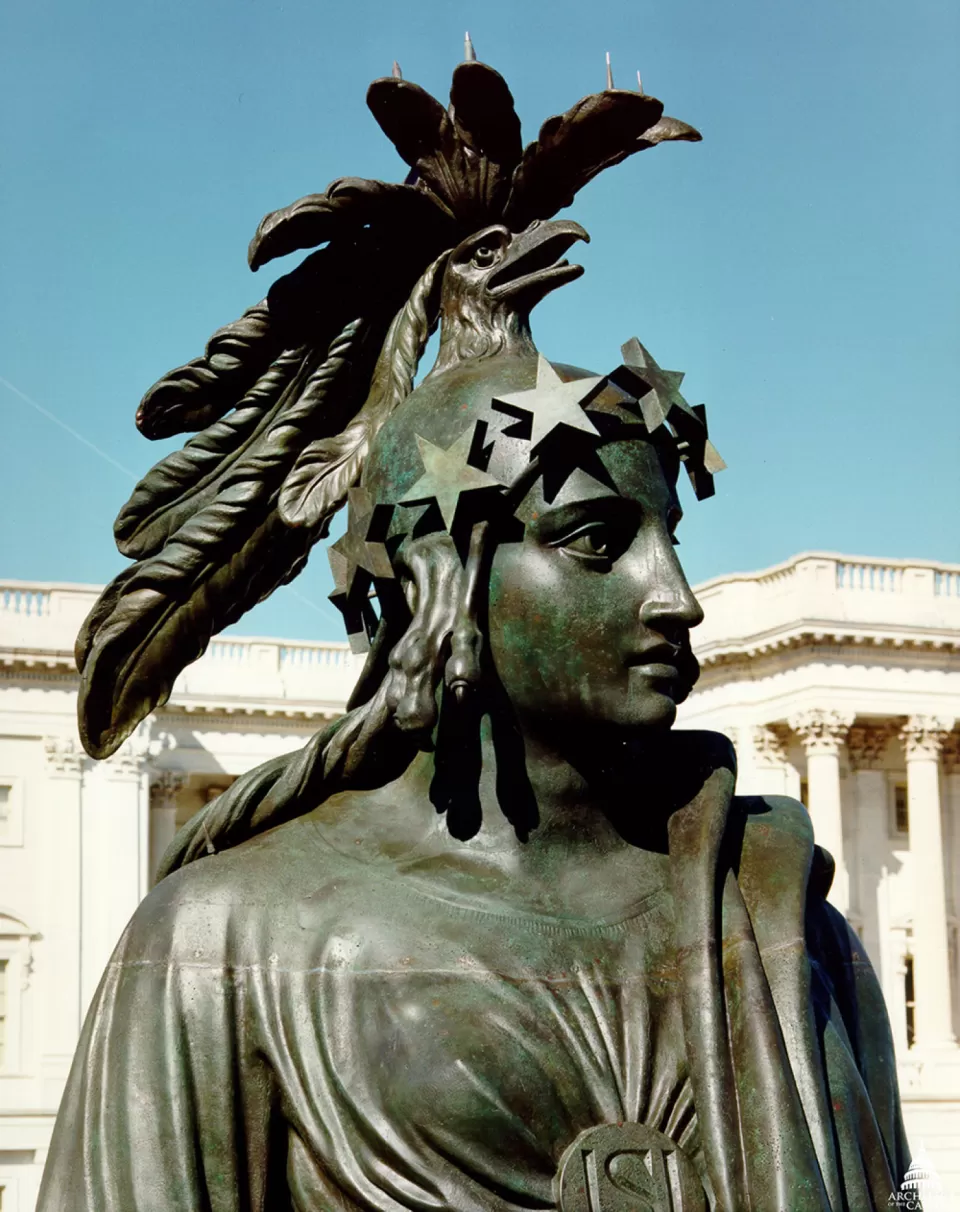
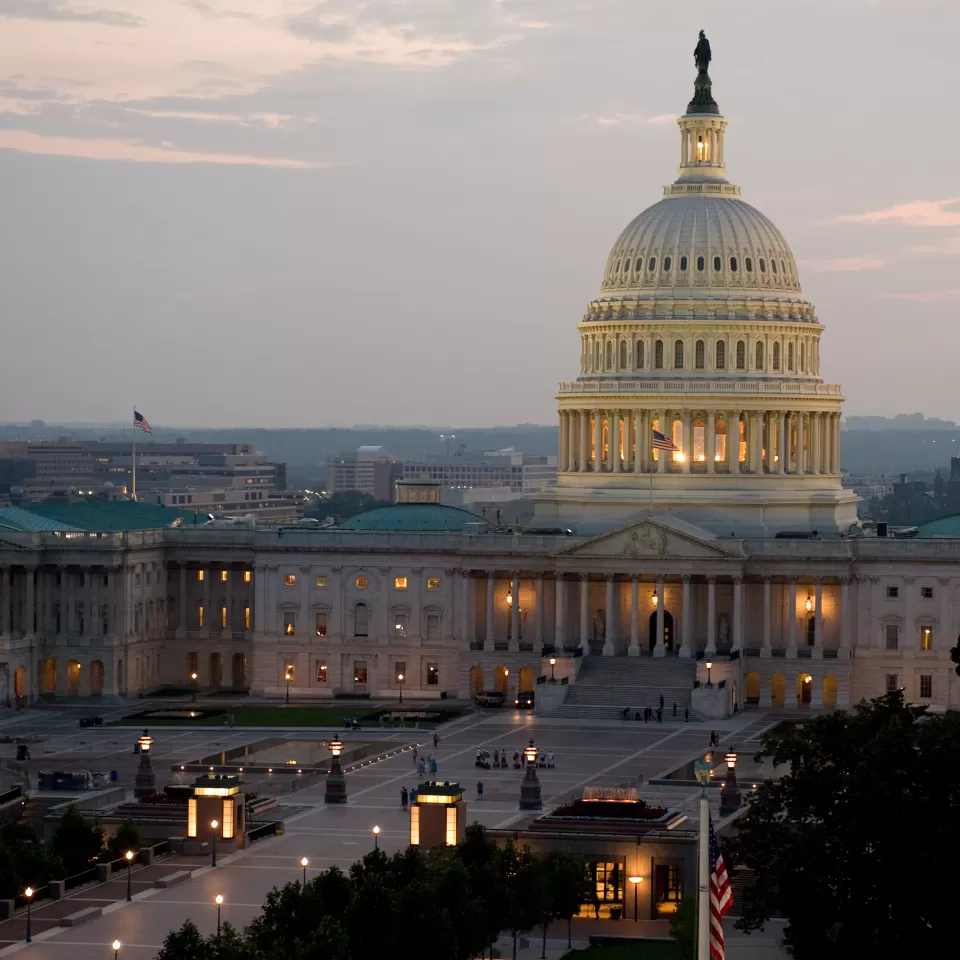
Comments
Nice article! Consider a follow up to this describing and illustrating the Statue's move from Russell to the CVC. I have some pictures I can send you!
Interesting for sure -
The only word I can say is WOW1 what a job great craftsman!
The article serves as a tribute to all who work with their hands.
I have been researching and writing about this Statue of Freedom, also known as Lady Freedom for years and hadn't heard about this slice of her life. Thanks for sharing it.
TJHANK YOU
Add new comment